Enoshima Island
2 Comments
During a recent stay in Tokyo, I discovered a different side of the metropolis, only an hour away from its urban core. Though popular with the locals, the island of Enoshima would be easy to miss. It just unfamiliar and quirky enough to make a trip here – easily done in a day – feel like a world away from the city.
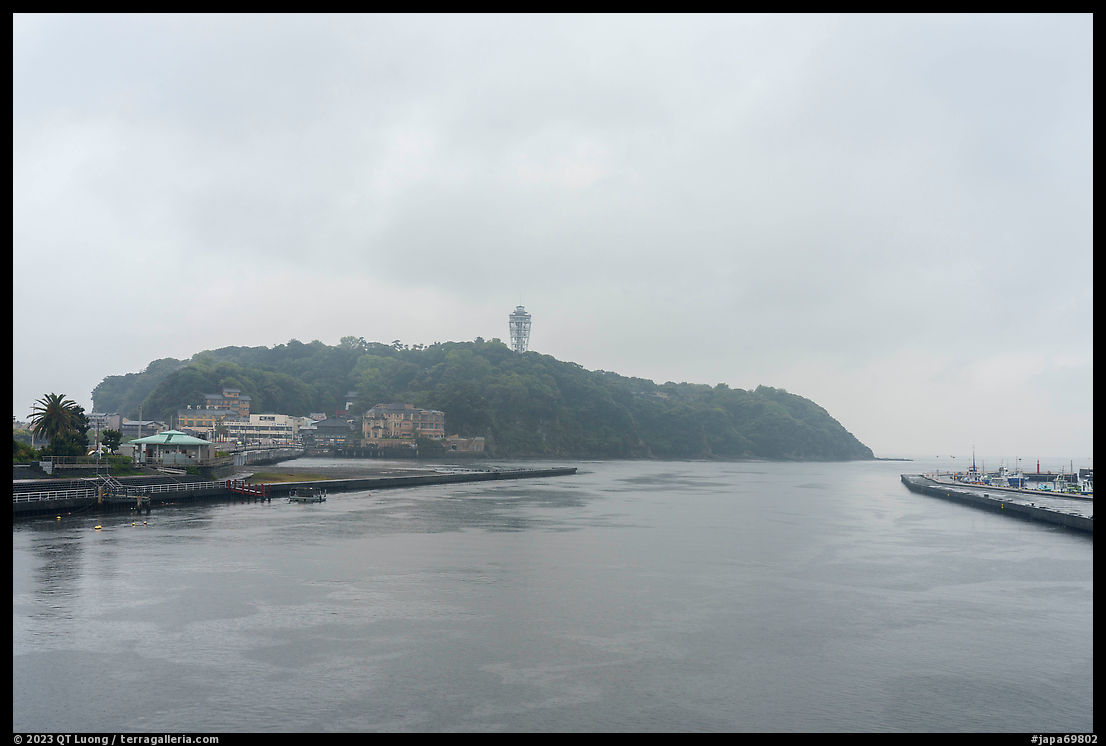
Despite its small size of about 4km in circumference, Enoshima Island offers multi-faceted attractions. The island has a modern side with a yacht harbor that has hosted the sailing events for two Olympic Games (1964 and 2021) and the Enoshima Island Spa, a hot springs establishment. However, most of the sights are on a forested hill that can be explored only on foot, via a network of stairs, walkways, and illuminated (paid) escalators.
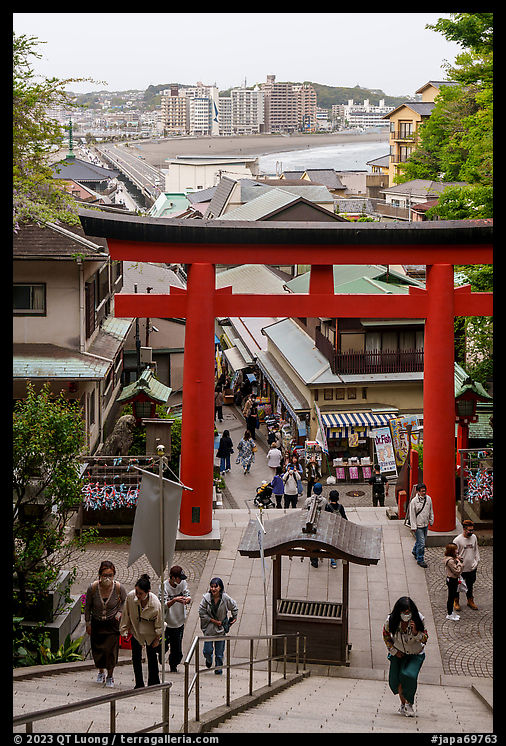
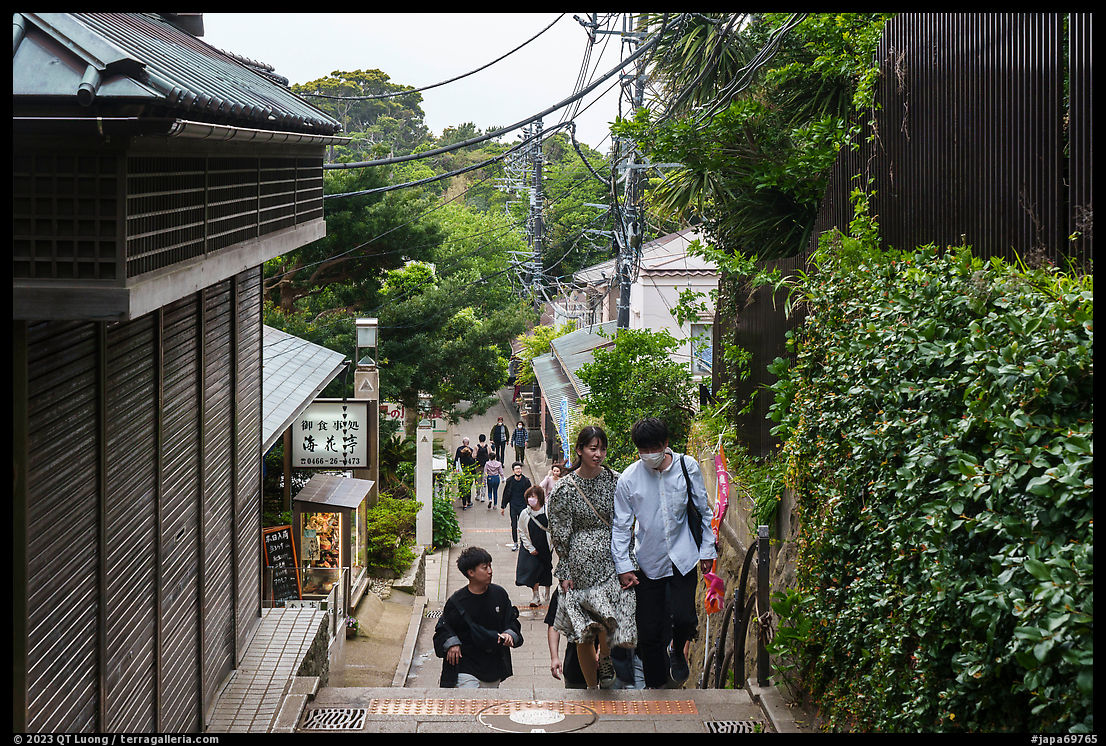
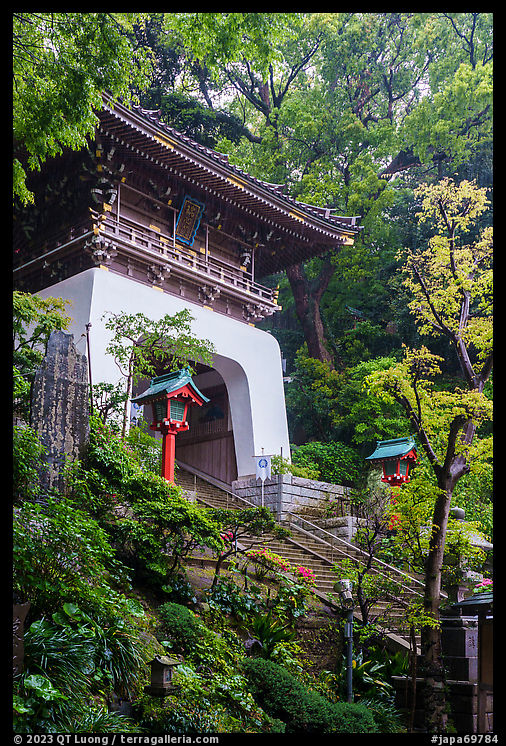
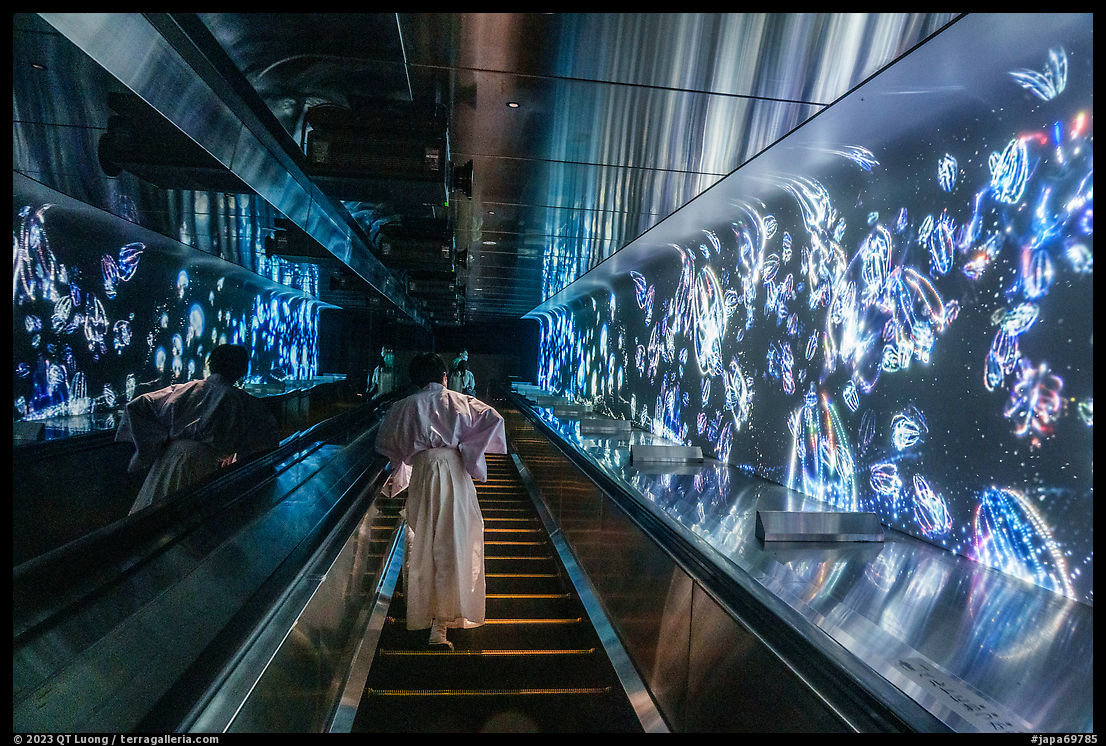
Learning about the mythology that surrounds its history enhanced my appreciation of the island, as the story served a a common thread for the places visited. Kokei, a Buddhist monk, recorded island lore concerning its beginnings around 1047. The enormous five-headed dragon Gozuryu tormented the town of Koshigoe for a millennium. A heavenly maiden, the goddess Benzaiten (or Benten), descended from the clouds following ferocious storms and terrible earthquakes. A mystery island – Enoshima – appeared from the depths just as she reached the water’s surface; this island would become her home. The Gozuryu adored her at first sight and requested her hand in marriage. However, Benzaiten was aware of the dragon’s misdeeds and informed him that she would only consider his proposal if he made a promise to reform its ways. Gozuryu then committed himself to guarding the territory he had previously ravaged. The dragon eventually transformed into a hill so that he could continue to protect the godess even after his death. As a result of this legend, Enoshima is a special location for weddings. In modern times, the Bell of the Dragon was erected on the island. Lovers who fasten a padlock to the gate and ring the bell are said to be forever together, much like the two deities in the legend.
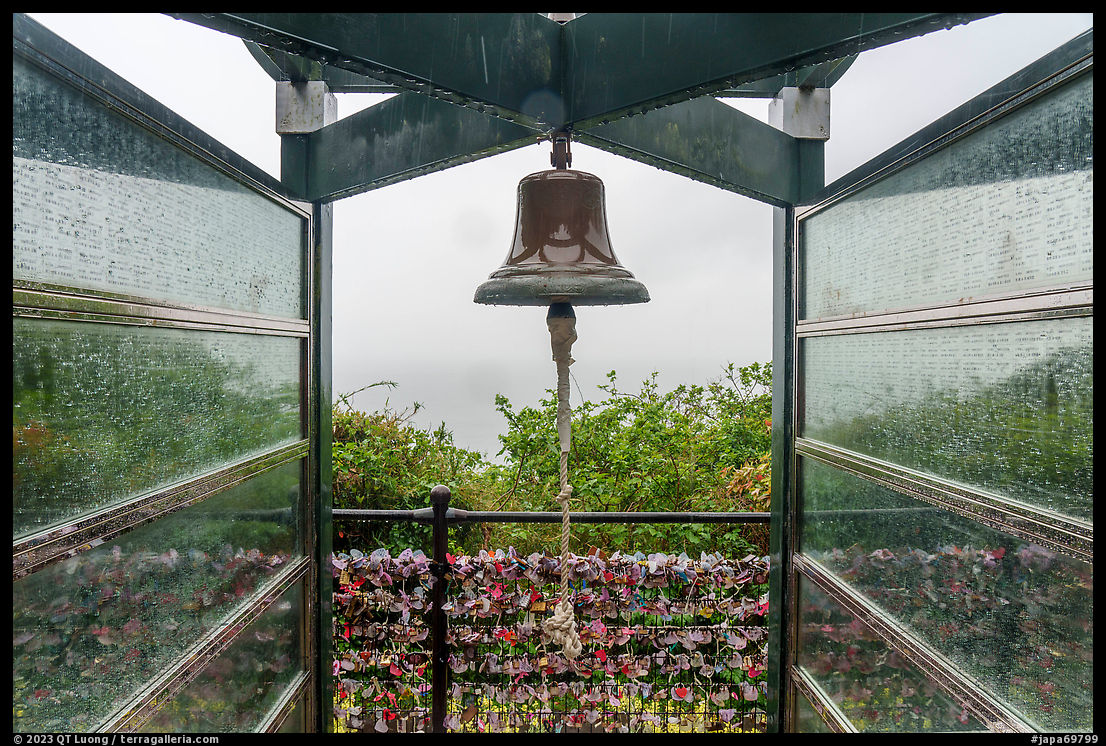
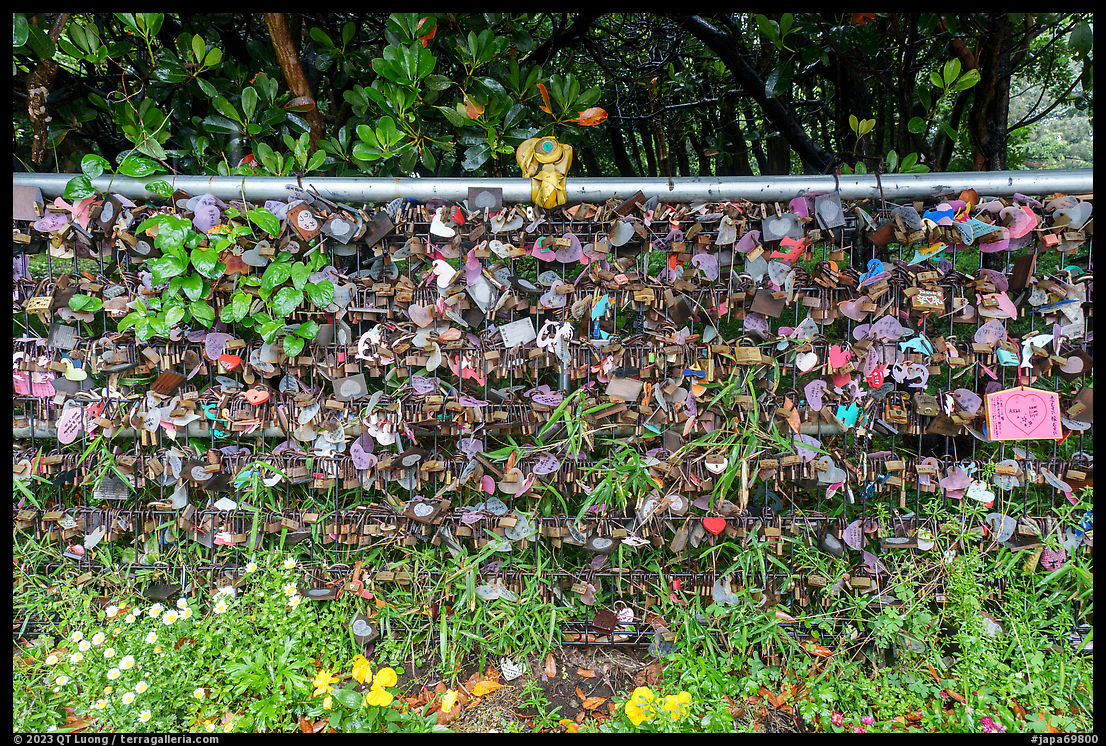
According to history, Enoshima Shrine’s origins date back to 552. The Hojo clan, which ascended to power during the Kamakura period (1185–1333), places great value on the temple. Legend has it that when Hojo Tokimasa, the first regent of the Kamakura shogunate, allegedly went to the shrine to pray for prosperity, a mystery woman (Benzaiten) gave him a prophecy. Tokimasa decided to use the three dragon scales she left behind as his family’s coat of arms. Because of the island’s connection to this most enigmatic of animals, dragons dragons are everywhere on the island. Although I did not try to photograph all the instances, it was fun to try to spot them. The Enoshima Shrine is composed of multiple structures. There are three main ones, Hetsunomiya, Nakatsunomiya, and Okutsunomiya, and a number of smaller ones spread all over the island.
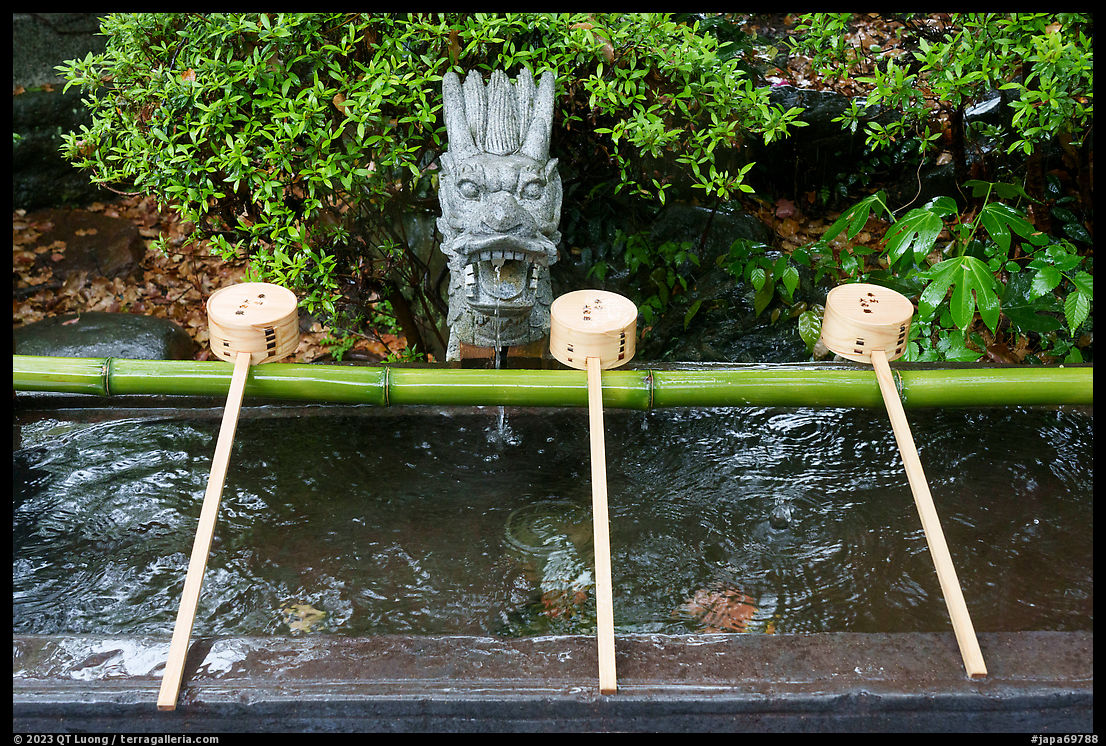
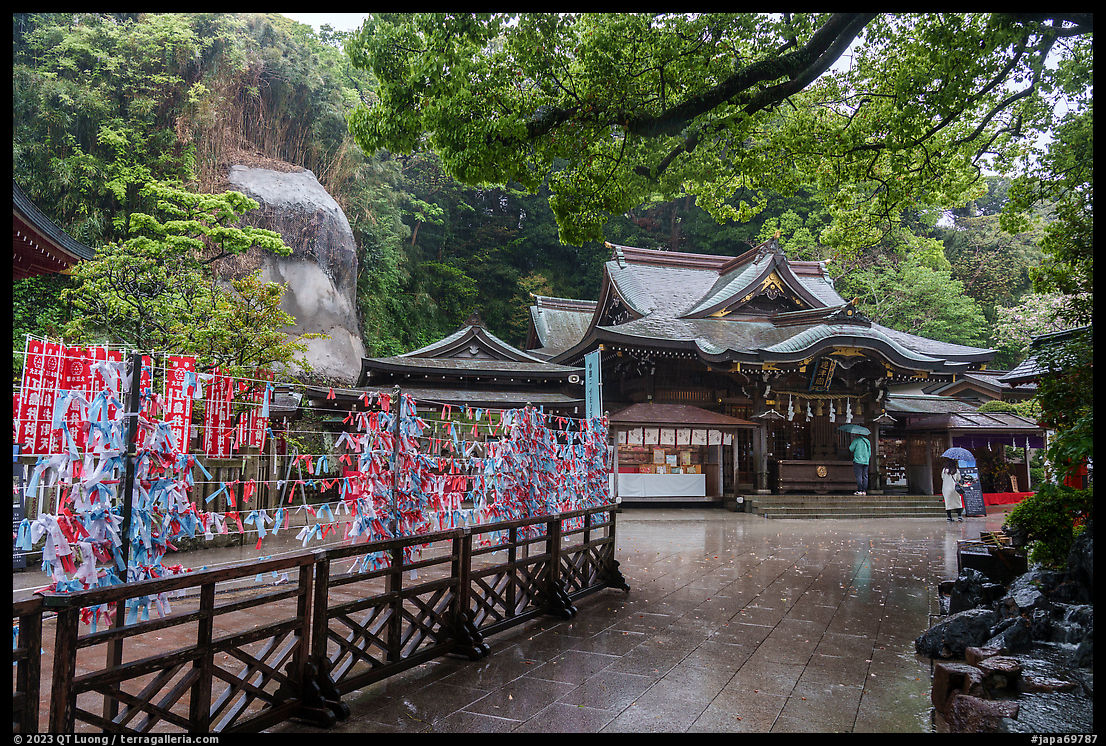
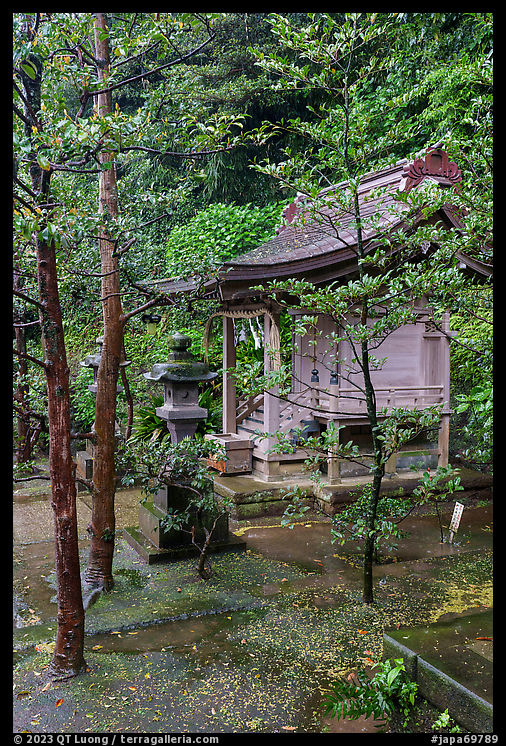
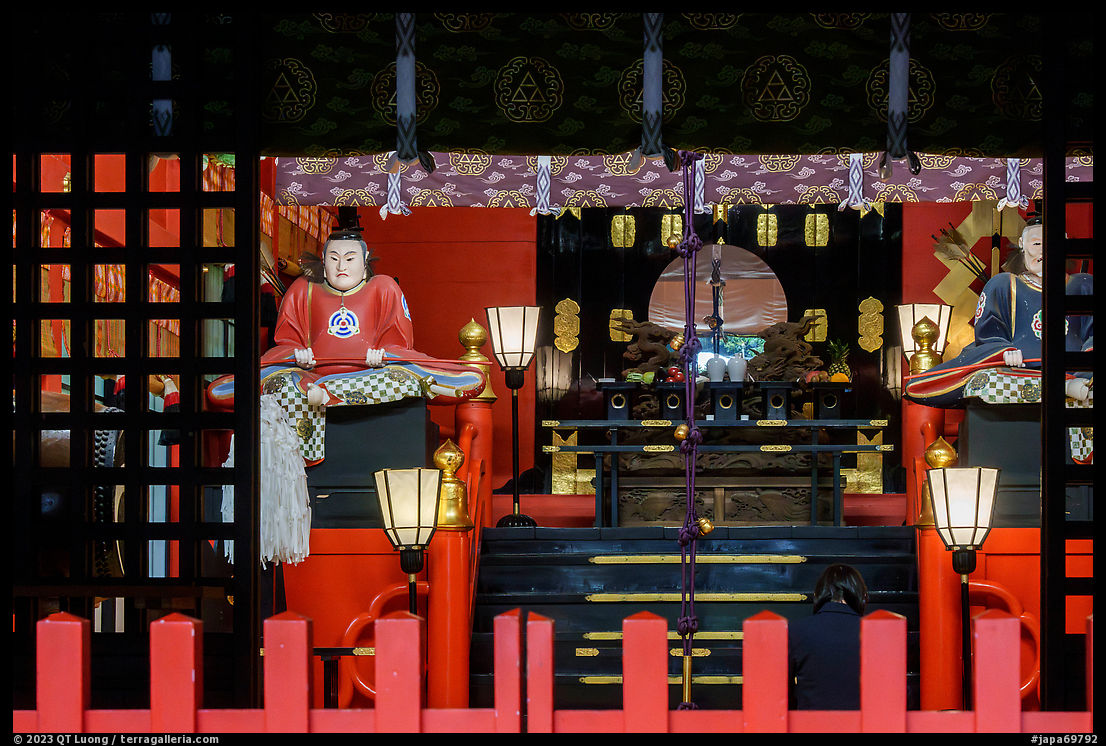
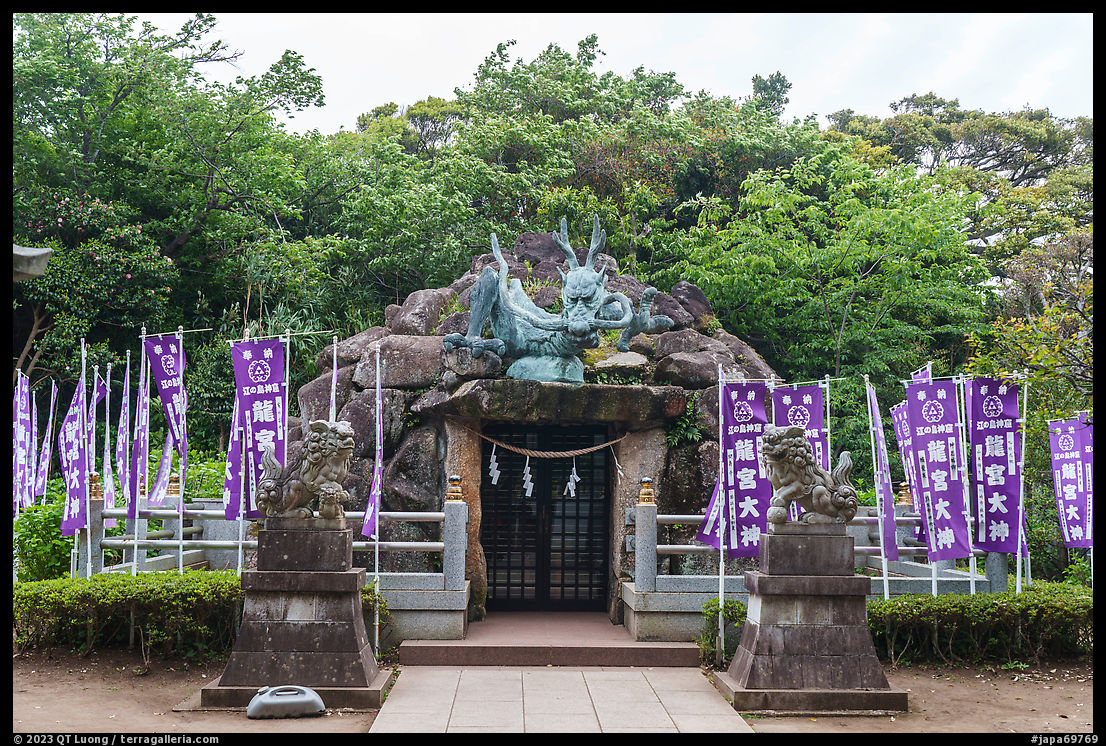
Historical records state that the initial shrine was erected on the island’s backside, where erosion had cut out the Enoshima Iwaya caves, which have significant historical value. Older locals who grew up in the region recall how no one dared risk venturing inside the caves; only the brave would even dare to get near them. Nowadays, two of the caves are open to the public, leading respectively to the birthplace of Enoshima Shrine and to a gaudily illuminated statue of the dragon Gozuryu.
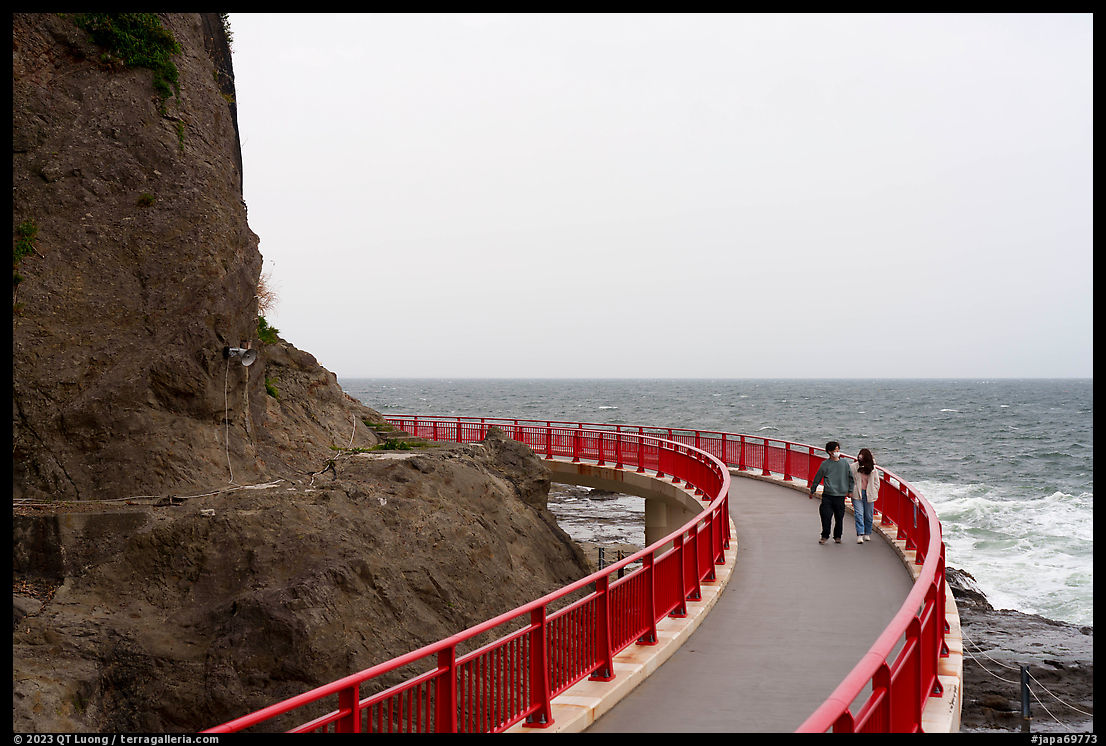
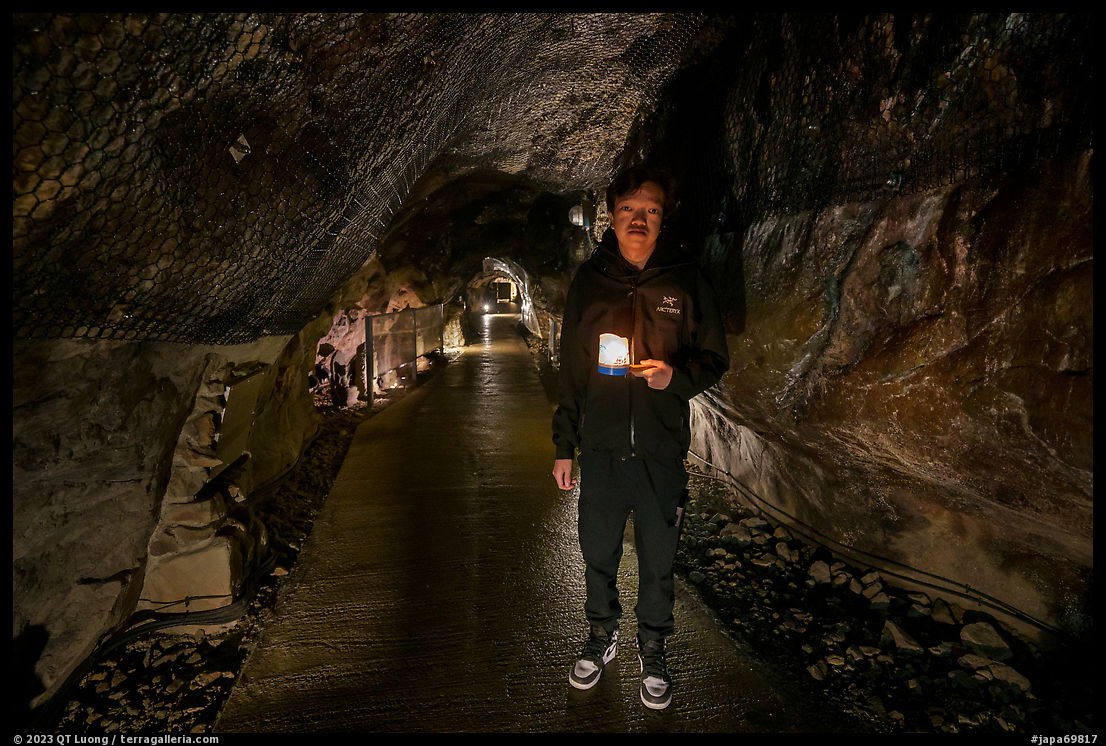
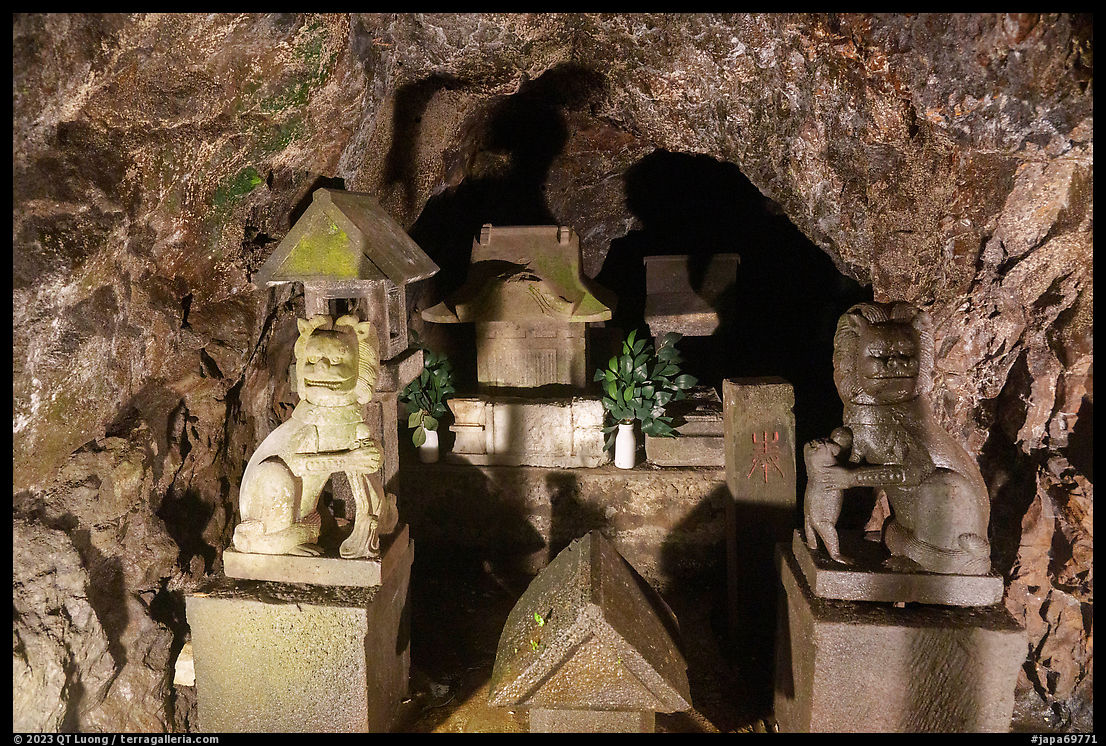
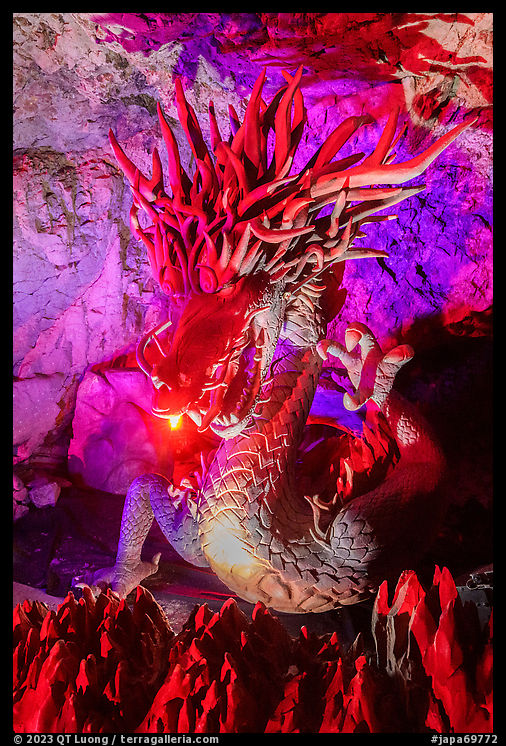
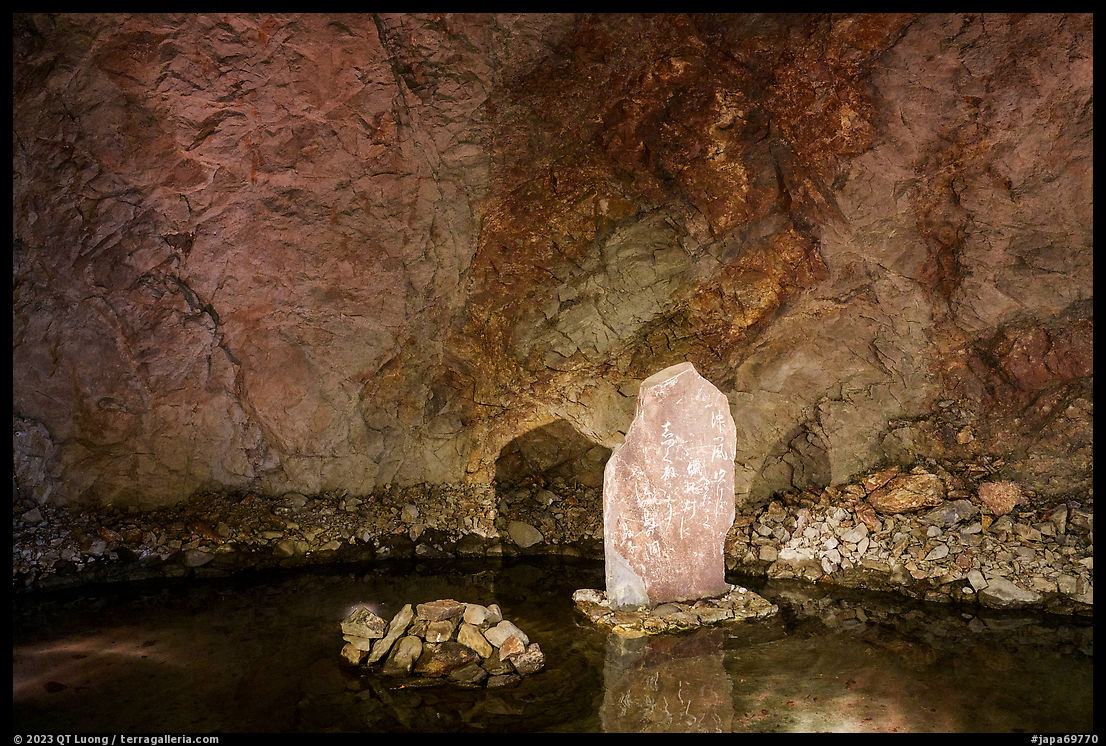
Enoshima had already grown to be a popular destination for pilgrims and worshipers by the Edo Period (1603-1868). Today, although foreign tourists do not show up in large numbers as the island is not considered a major travel attraction, it is touristy and busy all the time with local visitors – the kind of place I like to check out when traveling abroad because of their fun, relaxed and often quirky atmosphere. There is some measure of authenticity, yet a foreign visitor with a camera does not stick out. Right at the island’s entrance, after a bronze tori gate, souvenirs and all sorts of local food delicacies are offered on bustling Nakamise Street. The most popular appeared to be tako senbei, a rice cracker made by pressing a whole octopus flat.
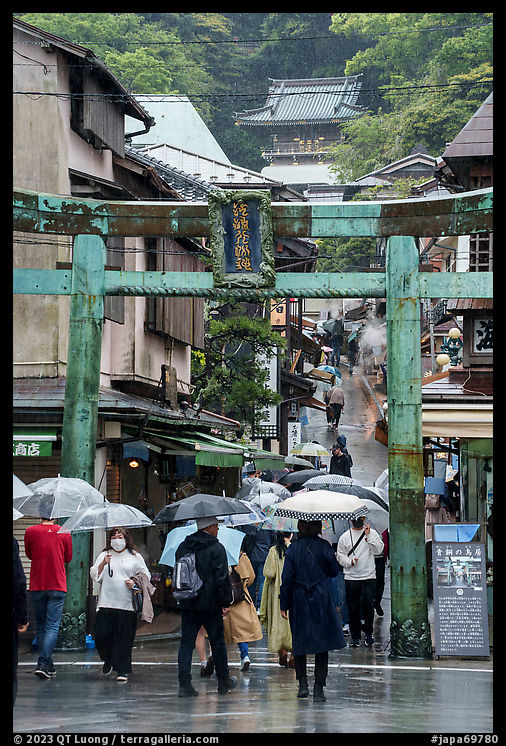
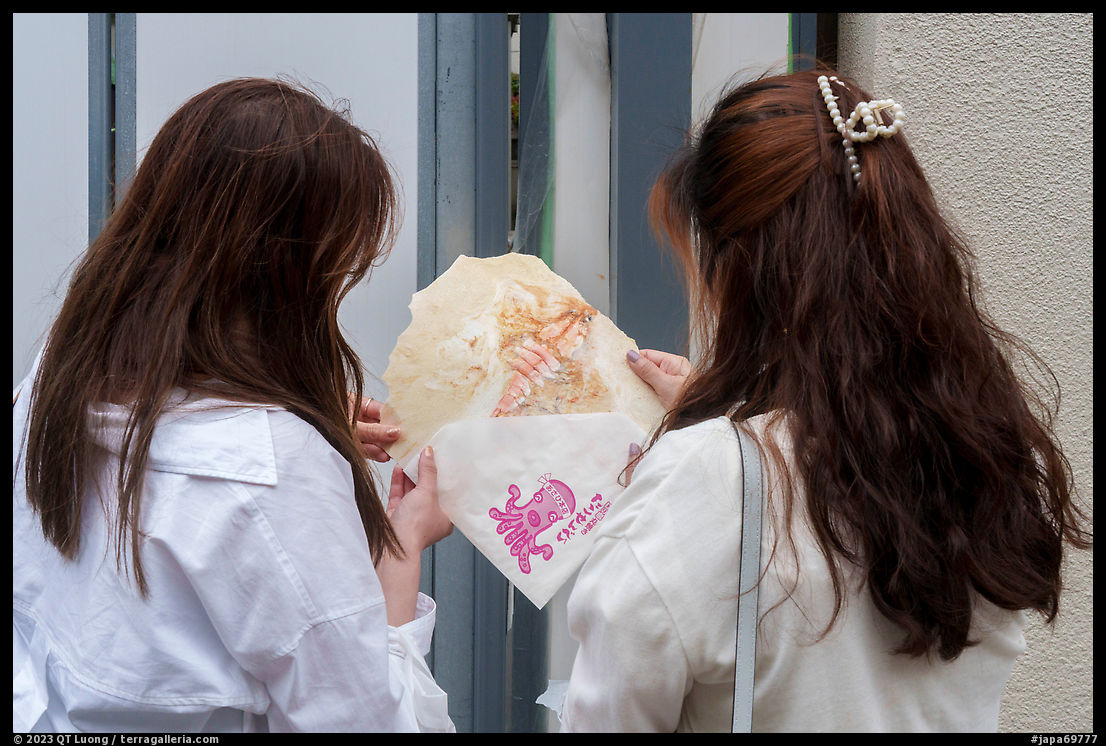
By contrast, the top of the island is capped by the serene Samuel Cocking garden which contains a variety of flowers, tropical trees and modern sculptures. It was named after a British merchant who owned the area in the 19th century. Rising from the garden, the Sea Candle is a 60-meter tall lighthouse that doubles as a 360-degree panoramic observation platform. It is said to offer an excellent view of Mt Fuji on clear days, but I visited on a rainy day. Except for those views, I was actually pleased with the soft light of the day that worked better for most subjects than a sunny would have. I had no trouble to keep my camera dry thanks to an umbrella I purchased at a souvenir shop for less than $5.
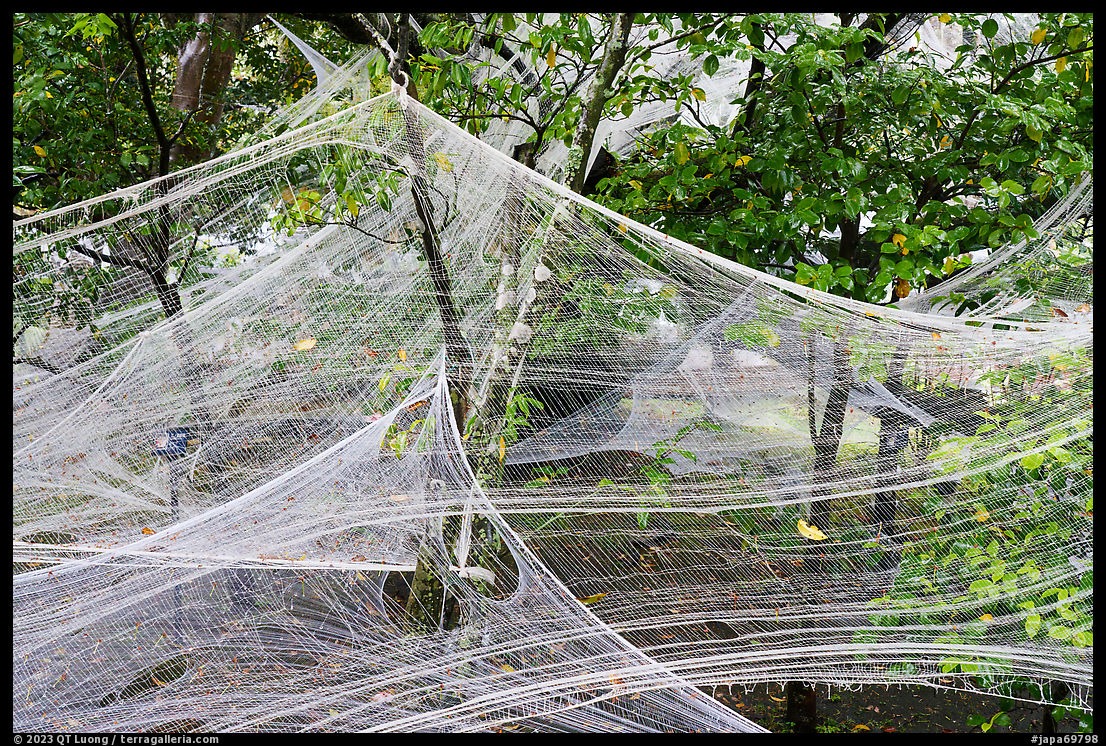
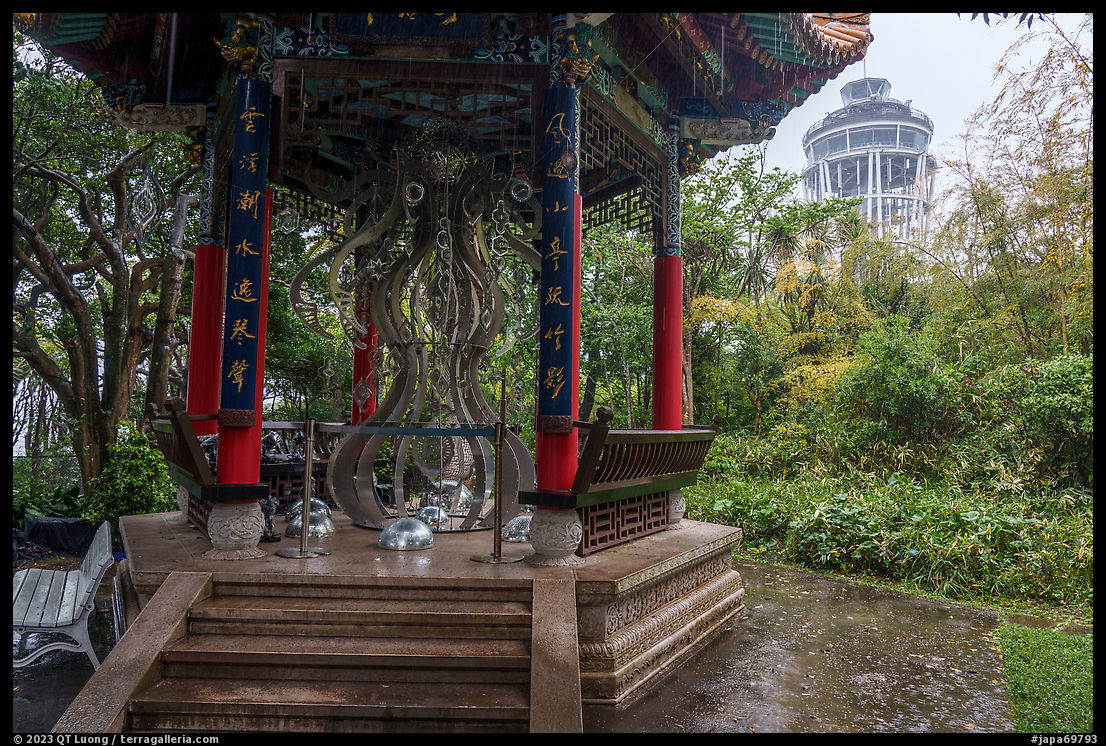
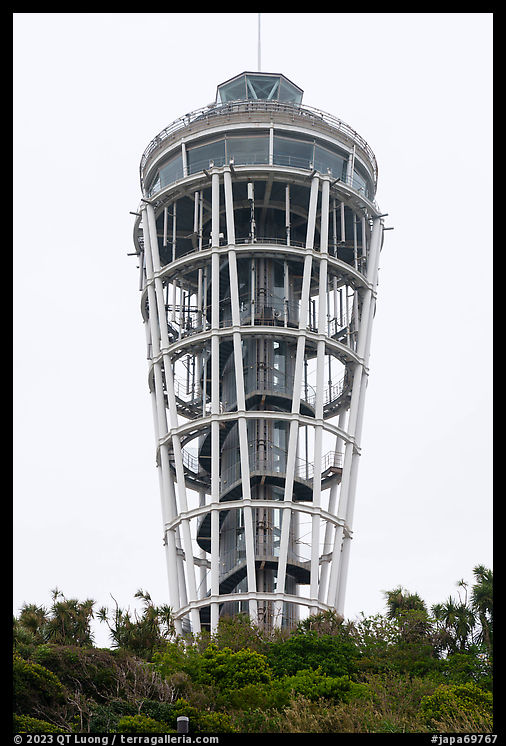
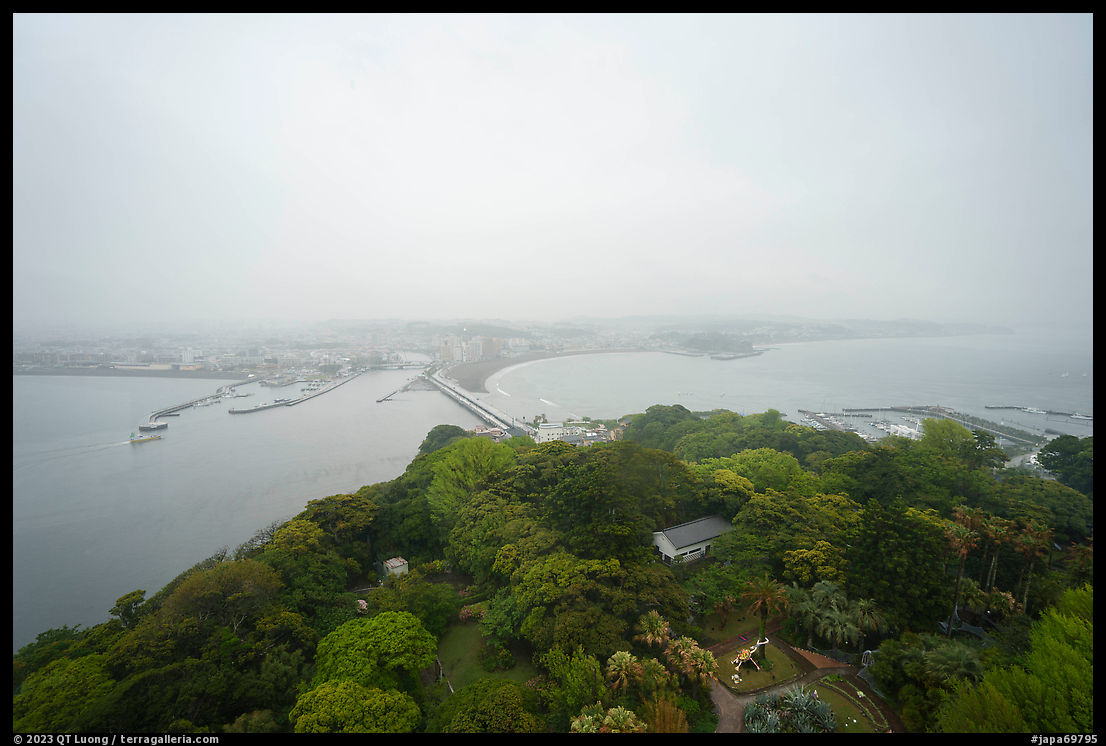
With the mix of the spiritual and the kitsch, the ancient and the modern, and of nature and man-made, I found that the island packed a lot in a relatively small area. Surprisingly, Enoshima Island is only about an hour from central Tokyo (Katase Enoshima) and as such makes for a great excursion away from the city. Enoshima Island is part of Fujisawa, a coastal city that serves as a beach resort also popular for surfing and sailing. Its Enoshma Aquarium is one of the most popular in Japan, with outstanding displays showcasing the marine life of the adjacent Sagami Bay and beyond. Most visit Enoshima Island as a day trip, but for a more relaxed experience, we stayed overnight at a ryokan minutes from the train station and from the bridge to the island.
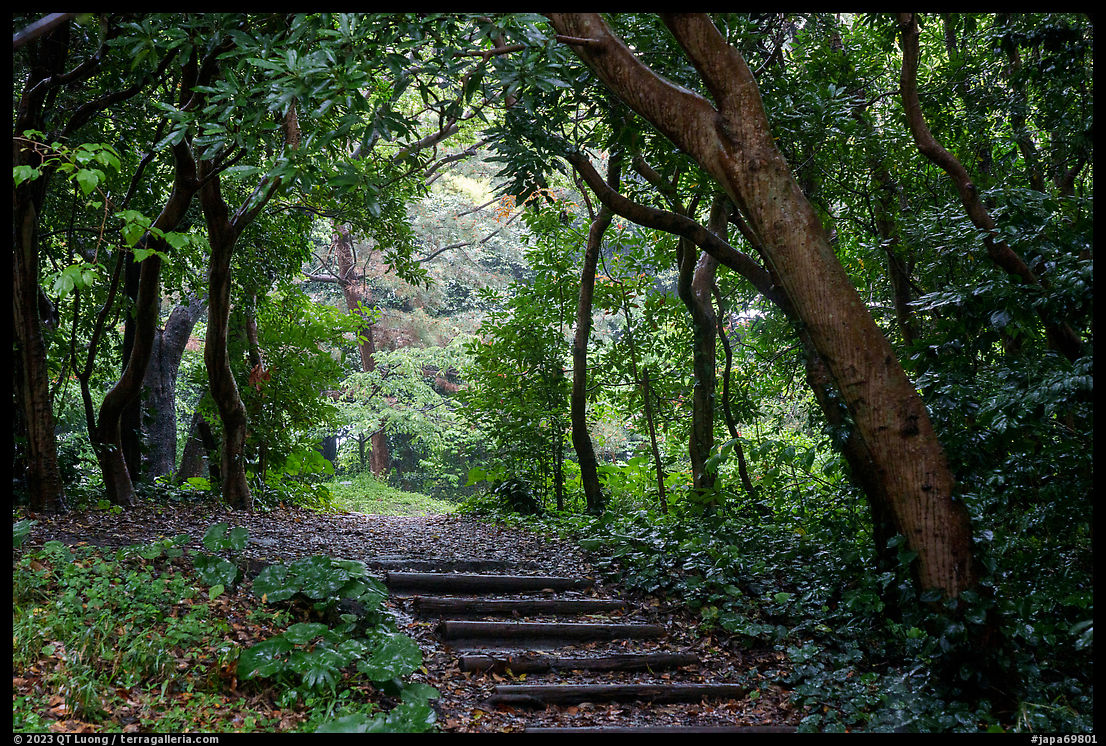
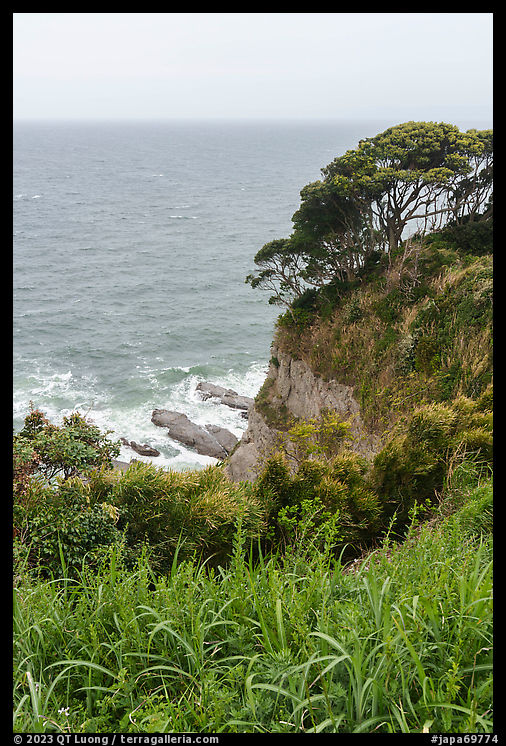
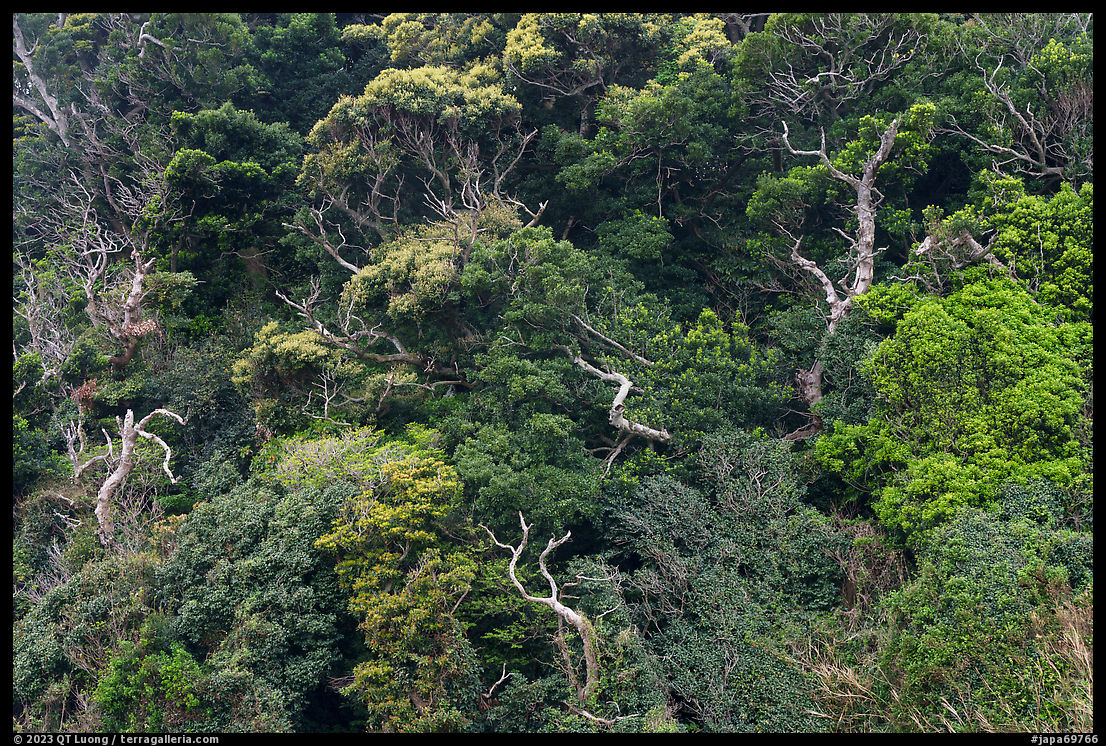


Very interesting. I’ve been all over Japan, but never to Enoshima Island. I’ll have to check it out one day. I also want to make it to Yakushima Island, hopefully soon. Regarding quirky places in Japan, you’d probably also like the little town of Takachiho on the Island of Kyushu. Another very interesting place.
Thanks, Chris, for the suggestions. I also have Yakushima Island on my travel list if anything because of its World Heritage Site designation. I suppose compared to this, and other sites, Enoshima Island is relatively minor, but I thought it was worth highlighting because it is only one hour from central Tokyo.